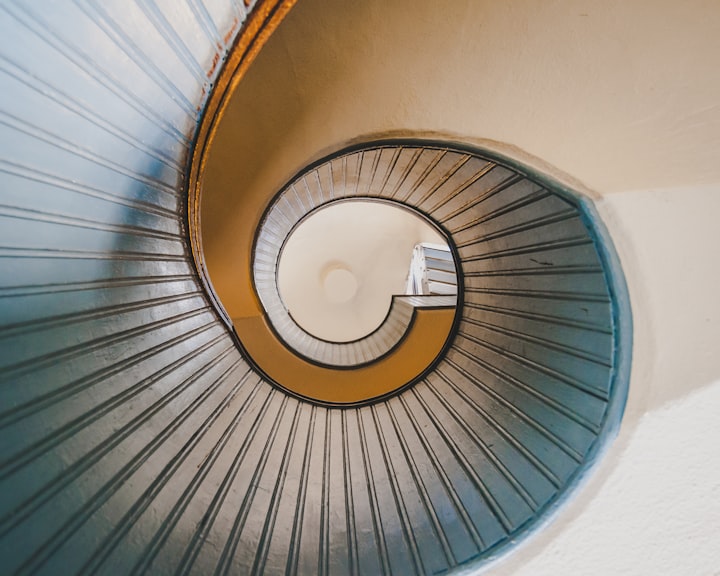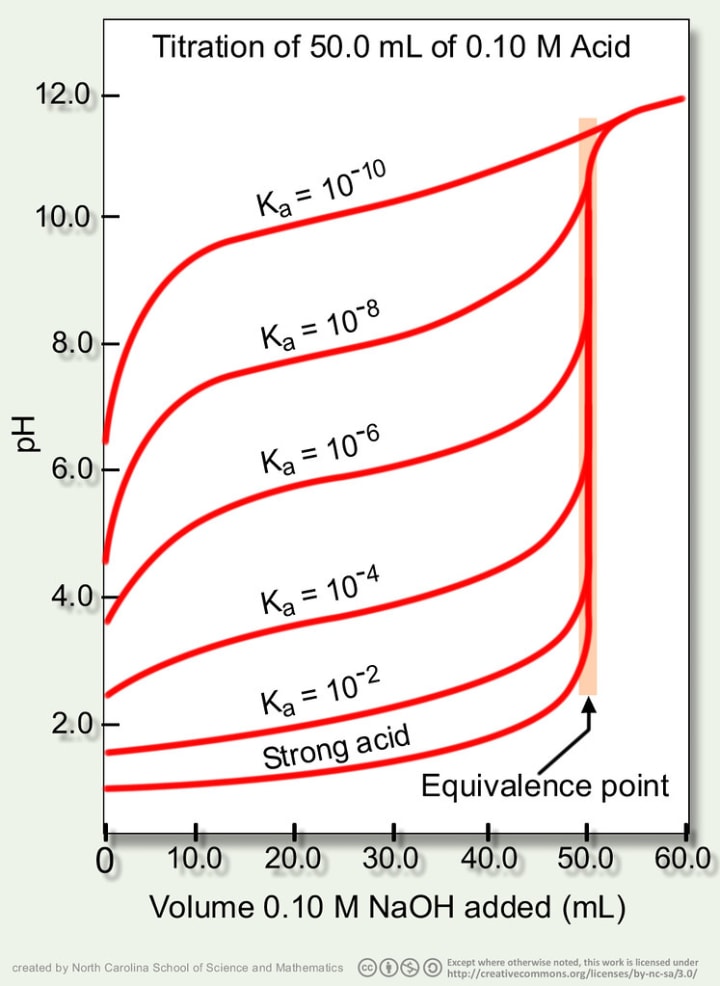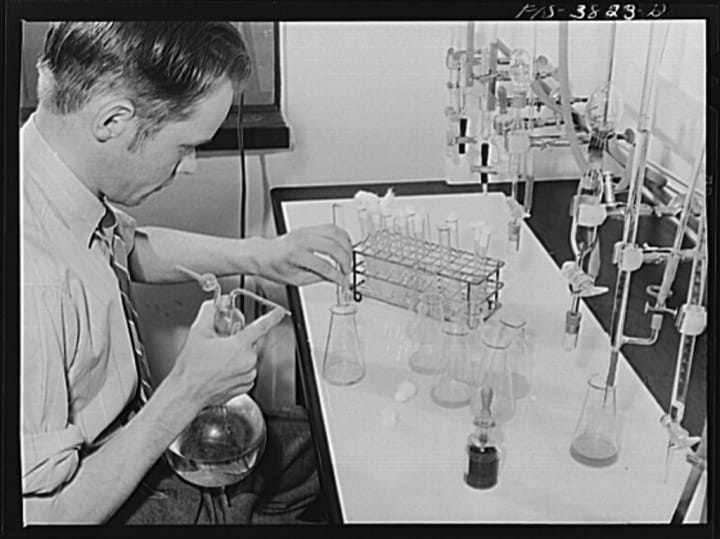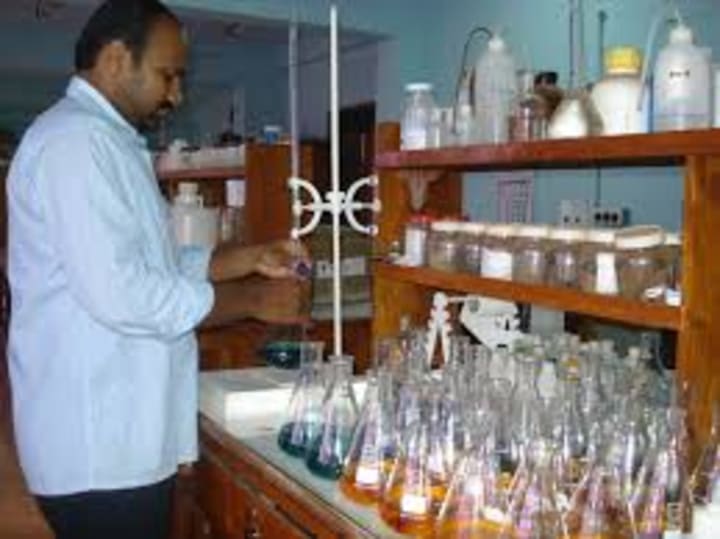TIPS AND TRICKS IN TITRATION
TITRATION TIPS

Titration is a common laboratory technique that involves measuring the concentration of a solution by reacting it with a known quantity of another solution. The process involves a careful balance between precision and accuracy, and there are several tips and tricks that can help ensure a successful titration.

- Choose the right indicator
One of the most important factors in a successful titration is choosing the right indicator. An indicator is a substance that changes color when the reaction between the two solutions is complete. The choice of indicator depends on the nature of the reaction and the properties of the solutions being used. For example, litmus paper is a good indicator for determining the pH of a solution, while phenolphthalein is a good indicator for acid-base titrations.
- Use the right equipment
Titration requires precise measurement and accurate calculations, and using the right equipment can help ensure accuracy. A burette is a common piece of equipment used in titration, and it should be calibrated properly before use. The use of a pipette is also important, as it allows for the precise measurement of the solution being analyzed. In addition, a magnetic stirrer can be used to ensure that the solution is thoroughly mixed during the titration process.
- Start with a rough titration
A rough titration is a preliminary test that can help determine the approximate amount of the solution being analyzed. This can help ensure that the final titration is more accurate, as the initial measurement can be used to adjust the quantity of the second solution being added.
- Add the titrant slowly

When performing a titration, it is important to add the titrant slowly to the solution being analyzed. This allows for a more precise measurement and can help avoid over-titrating the solution. It is also important to swirl or stir the solution while adding the titrant to ensure that the solution is thoroughly mixed.
- Record the initial and final readings
Accurate record-keeping is essential in titration, and it is important to record both the initial and final readings of the burette during the titration process. This allows for accurate calculations of the concentration of the solution being analyzed.
- Take multiple measurements

To ensure the accuracy of the titration, it is important to take multiple measurements. This can help detect any inconsistencies in the measurements and can ensure that the final result is as accurate as possible.
- Check for consistency
During the titration process, it is important to check for consistency in the measurements. This can be done by taking multiple measurements at different points in the titration process and comparing the results. If the measurements are consistent, it can indicate that the titration is proceeding as expected. If the measurements are inconsistent, it may indicate that there is a problem with the titration, such as an incorrect measurement or an improperly calibrated burette.
- Practice good lab technique

Good lab technique is essential in titration, and it is important to follow all safety guidelines and proper lab procedures. This includes wearing appropriate personal protective equipment, such as gloves and goggles, and properly disposing of all materials used in the titration.
- Double-check your calculations
Before reporting the final results of a titration, it is important to double-check all calculations. This can help ensure that the results are accurate and can help avoid any errors or discrepancies in the data.
- Practice makes perfect

Like any laboratory technique, titration requires practice to master. By practicing good lab technique, following proper procedures, and paying attention to detail, it is possible to become proficient in titration and achieve accurate and reliable results.
In conclusion, titration is an essential laboratory technique that requires precision, accuracy, and attention to detail. By following these tips and tricks, it is possible to perform successful titrations and obtain accurate measurements
About the Creator
TIPS AND TRICKS
Welcome to my page..we are thrilled that you have taken the time to visit us today....It's all about life hacks, tips and tricks. once again welcome to the unknown worldworld





Comments
There are no comments for this story
Be the first to respond and start the conversation.